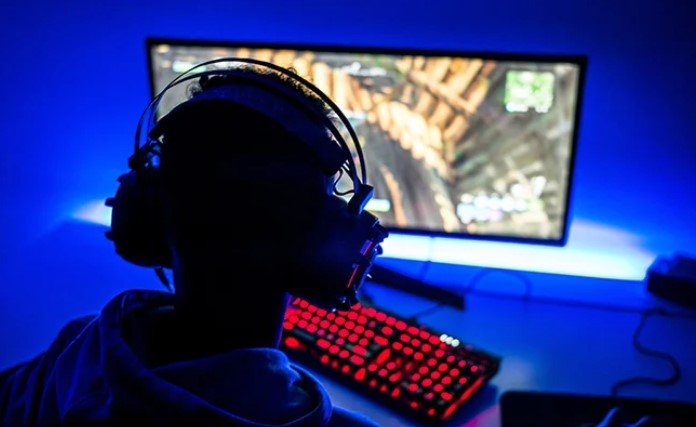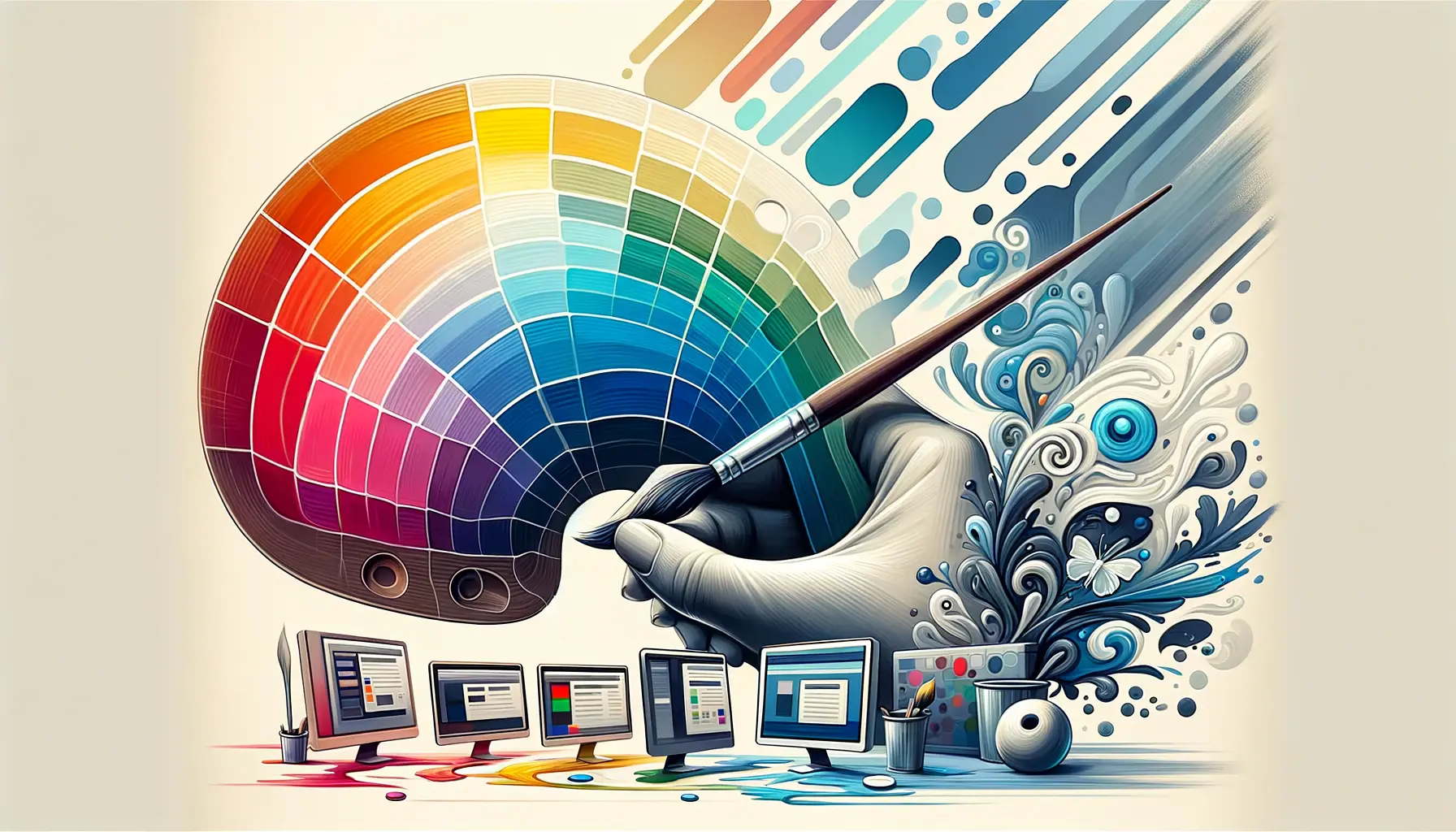Rendering is a fundamental process in computer graphics. It converts digital models into visual images. Rendering is crucial for creating realistic images in video games, movies, simulations, and architectural visualizations. This post will explore the basics of rendering, explaining how it works and its significance in computer graphics.

What Is Rendering?
Rendering refers to the process of generating an image from a 3D model. A 3D model consists of objects, textures, lighting, and camera positions. When rendered, these elements come together to create a final image or animation. Think of it as taking a digital blueprint and turning it into a picture you can see and interact with.
Rendering can produce a single image or a sequence of images, depending on whether the goal is still imagery or animation. The result is a realistic or stylized image that represents the 3D model in a visual format.
Types of Rendering
There are several types of rendering in computer graphics, each with its own methods and uses. The two main types are real-time rendering and offline rendering.
Real-time Rendering
Real-time rendering occurs instantly as you interact with a scene, such as in video games or virtual reality. In these cases, the computer generates images in real-time to keep up with the user’s actions. The process must be fast enough to produce high-quality images while maintaining smooth performance, often at 30-60 frames per second.
Offline Rendering
Offline rendering is used for pre-rendered imagery and animations, such as in films or architectural visualizations. It produces higher-quality images because there is more time for complex calculations. Offline rendering can take hours or even days, depending on the level of detail required, and is often used in movies to generate photorealistic visuals.
How Does Rendering Work?
The process of rendering involves several key steps, including geometry processing, lighting, shading, and rasterization. Let’s break these down:
- Geometry Processing:
This step involves the creation of 3D objects. It defines shapes, surfaces, and textures. The objects are then placed in a 3D space. - Lighting:
Lighting is added to the scene to create shadows, highlights, and reflections. Light sources can be natural (like sunlight) or artificial (such as lamps). The interaction of light with the surfaces of objects determines how they appear. - Shading:
Shading adds realism by determining how light interacts with objects. It can simulate different materials, like metal, glass, or fabric, to make them appear more lifelike. Shaders are algorithms that control the color, texture, and transparency of objects based on lighting and camera angles. - Rasterization:
Rasterization converts the 3D objects into a 2D image that can be displayed on a screen. This step maps the 3D data onto the pixels of the final image, essentially filling in the details.
These steps work together to produce an image that represents a 3D scene, from a simple object to a complex animated movie.
The Importance of Rendering in Visual Effects
Rendering is crucial in producing visual effects for movies, games, and advertising. It allows artists to create stunning visuals that would be impossible or impractical to capture in the real world. For example, rendering techniques can simulate explosions, fire, water, and other elements that would be too dangerous or costly to film.
In movies, computer-generated imagery (CGI) relies on rendering to create everything from fantastical creatures to elaborate set designs. The realism of CGI depends on advanced rendering techniques that simulate how light, textures, and materials behave in the real world.
Rendering Software and Tools
There are various rendering software tools available for different purposes. Popular rendering engines include:
- V-Ray: Widely used in architectural visualization and film production.
- Blender: An open-source tool used for 3D modeling, animation, and rendering.
- Unreal Engine: A game engine that uses real-time rendering to create interactive experiences.
- Arnold: A high-quality rendering engine commonly used in film production for realistic CGI.
Each of these tools is designed for specific rendering needs, from real-time gaming environments to high-quality film production.
Conclusion
Rendering is an essential part of the computer graphics pipeline. It takes 3D models and turns them into lifelike images or animations. Whether for video games, movies, or virtual reality, rendering helps create immersive experiences. By understanding the basics of rendering, we can appreciate the process that makes stunning visuals possible in the digital world. As technology advances, rendering will continue to push the boundaries of what’s possible, providing even more realistic and interactive experiences.




